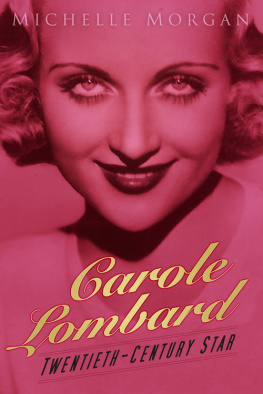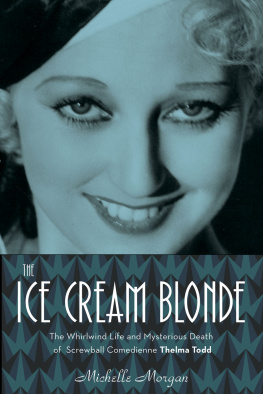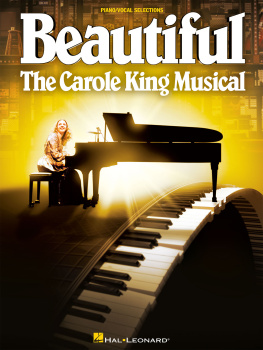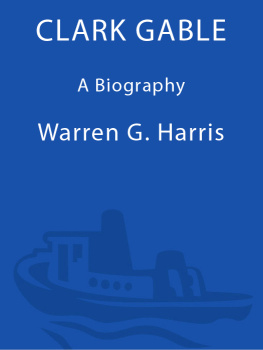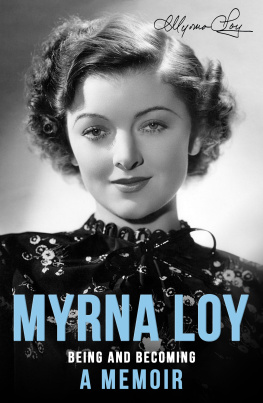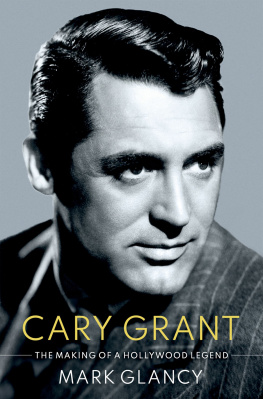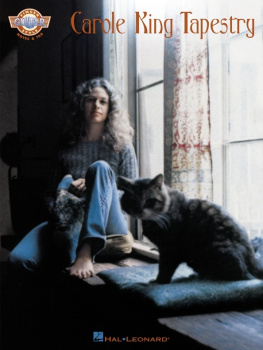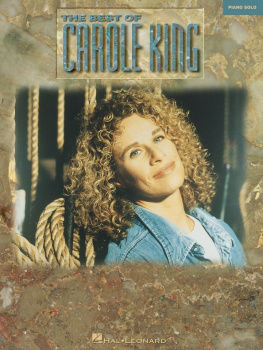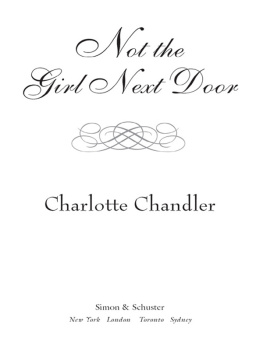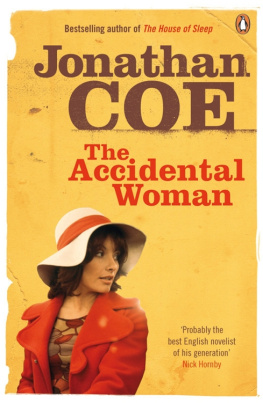

This book is dedicated with much love and thanks to Vincent Paterno and Carole Sampeck.
I first decided to write a book about Carole Lombard nearly ten years ago. Since then, I have received many helpful emails and letters from all around the world. It is impossible to name everyone who has leant their support to this project, but please be assured that everyone who has provided inspiration, help, or both, is very much appreciated. Thank you all!
I would like to thank Christina Rice, who has helped me gain access to rare newspaper articles and stories. I dont know what Id do without her help.
Vincent Paterno, Carole Sampeck, Debbie Beno, Douglas Cohen, Bruce Calvert, Robert S. Birchard, Dina-Marie Kulzer and Ana Trifescu have all been gracious enough to share their photos, letters, rare documents and other memorabilia with me. Vincent also trawled the archives at the Academy of Motion Picture Arts and Sciences a kindness I will never forget.
I must also extend thanks to the following: Robert Matzen, Tegan Summer, Stan Taffel, Mary Curry, Karen Zuehlke, Jerry Tucker, Simon Elliott, Ted Okuda, Kay Shackleton, Albert Palacios, Valerie Yaros, David Stenn, Michael B. Druxman, the staff at the Kobal Archive, Jenny Romero, Michael McComb, Matt Vogel, Darrell Rooney, Jay Jacobson, Gregory Moore, Rick and Cora Brandt, Bruce Stier, James Reid, Brian Burton, Creager Smith, Jeffrey Sharpe, L. Thomas Horton, Carole Irene, Dixie Bradley and Evonne Quinn.
Thanks so much to my agent, Robert Smith, and to my editors, Juanita Hall and Mark Beynon, and everyone at The History Press for believing in the book.
I would like to thank my friends, Claire and Helen, for supporting my projects. Claire, I hope this book will join the others in your Michelle shrine!
Thank you to Mum, Dad, Paul, Wendy and Angelina for all the love you continue to give me on an everyday basis. I love you all very much! Finally, my husband Richard and my daughter Daisy life would be very boring without you two. I love you both to the moon and back!
And to anyone I may have missed, sorry for the oversight, but thanks to you too!
I have never sacrificed myself for another. I am not a martyr. Being a martyr shows lack of courage. There are more lives ruined by so-called martyrdom than are saved. I do not believe in luck. You hear persons speak of his or her bad luck, but it isnt luck they mean. Its judgement knowing how to take advantage of opportunities, grasping good ones when they present themselves, and rejecting the bad.
Carole Lombard, 1934
CONTENTS
1
T hroughout her life, Carole Lombard would be reminded by her mother, Elizabeth Knight Peters, that she was the product of excellent breeding. The family was upstanding, she said, and the young woman must never forget that. Stories would be passed down about the men being hardworking entrepreneurs; high achievers in everything they did both personally and professionally. Elizabeth (aka Bessie) wasnt just being overly proud of her relatives, she had good reason to share her tales, particularly on the part of her grandfather, James Cheney.
Cheney was known as the wealthiest man in Fort Wayne, with a fortune estimated at $2.5 million by the time of his death. That said, he was a very unassuming man who lived his life in such a quiet way that some of his friends had no idea what he had actually achieved in his lifetime. They knew he was rich, but for the most part he was known only as Judge Cheney, the smartly dressed man who pottered around his garden, admiring the finely pruned hedges and nicely clipped lawn. He waved to passers-by as he raked leaves from the gravelled paths, enjoyed a joke, read the newspaper and always listened with a sensitive ear and words of encouragement.
Despite his unassuming nature, however, James Cheney was an extremely powerful man. Born to a good but relatively poor family, he read obsessively, began working by the age of 11 and continued until his death, over seventy years later. During his career he worked as a dry goods salesman, a builders supplier, a canal builder, tavern owner, land speculator, farmer, miller, Wall Street financier, stockholder and banker. As well as that, he also had an interest in the Western Union Telegraph Company and the Wabash Railroad, owned shares in several companies including the City National Bank of New York and Fort Wayne Gaslight Company, and became a prominent figure in plans to lay a cable across the Atlantic.
Cheney took great interest in politics, voted Democrat, loaned money to needy causes and frequently fought for justice. While never a member of any church, he donated generously to the First Presbyterian Church because his wife, Nancy, was a member and he wanted to support her interests as well as his own. A dedicated Mason, Cheney even helped out when plans to construct a temple hit blocks. He ensured the project not only got off the ground but took on a new life, too. When asked why he had decided to help, Cheney simply shrugged and said, Well Ive been a Mason for years but I never did anything much for Masonry, and I thought I had a chance now and would take it. Such was the simplicity with which he undertook his projects. He may have been a multi-millionaire, but above all he was an honest, quiet and loyal man.
Carole Lombards grandmother, Alice, was the daughter of James and Nancy, and when she grew up she married Charles Knight. He was successful in a very similar way to James: at one time working as a manager at the Fort Wayne Gas Company and then the Fort Wayne Electric Company. He was also a prominent Mason, and for those reasons alone, he had a lot in common with his father-in-law. In fact, so well did the in-laws get along, that Cheney lived with Alice and Charles for the latter part of his life.
Caroles grandfather on the other side of the family was John C. Peters, also a prominent businessman in Fort Wayne. He had started off as a cabinetmaker before going on to have an interest in various local enterprises and became president of the Horton Manufacturing Company (manufacturer of the Horton washing and ironing machines) and the Peters Hotel Company. His experience of carpentry was put to good use on several occasions. He oversaw the building of the Wayne Hotel in 1887 and also built two houses, one of which was said to be No. 704 Rockhill Street, the house where Carole Lombard was later born.
John C. Peters was described as thin and medium height, with white hair and a Vandyke beard. He and his wife, Mary, had a large family, including son Fred, the man who would go on to become Caroles father. As he grew into a young man, Fred was thrilled to be given a job at the family firm, J.C. Peters and Company. Unfortunately, the experience almost cost the young man his life and would have disastrous results for his future happiness.
On the morning of 2 July 1898, Fred travelled to the shop on East Columbia Street, just as he did every day. He went up to the upper floor to take care of some chores and, once completed, decided to head back downstairs by taking the stores elevator. Tragically, as he stepped in the carriage began to move unexpectedly and within seconds Fred found himself caught between the floor and the lift itself, causing him to be crushed about the head, shoulders, arms, chest, back and right thigh. The accident was horrendous and while Fred was freed quite quickly from the elevator, by that time he was barely conscious and in a terrible state.
Next page
